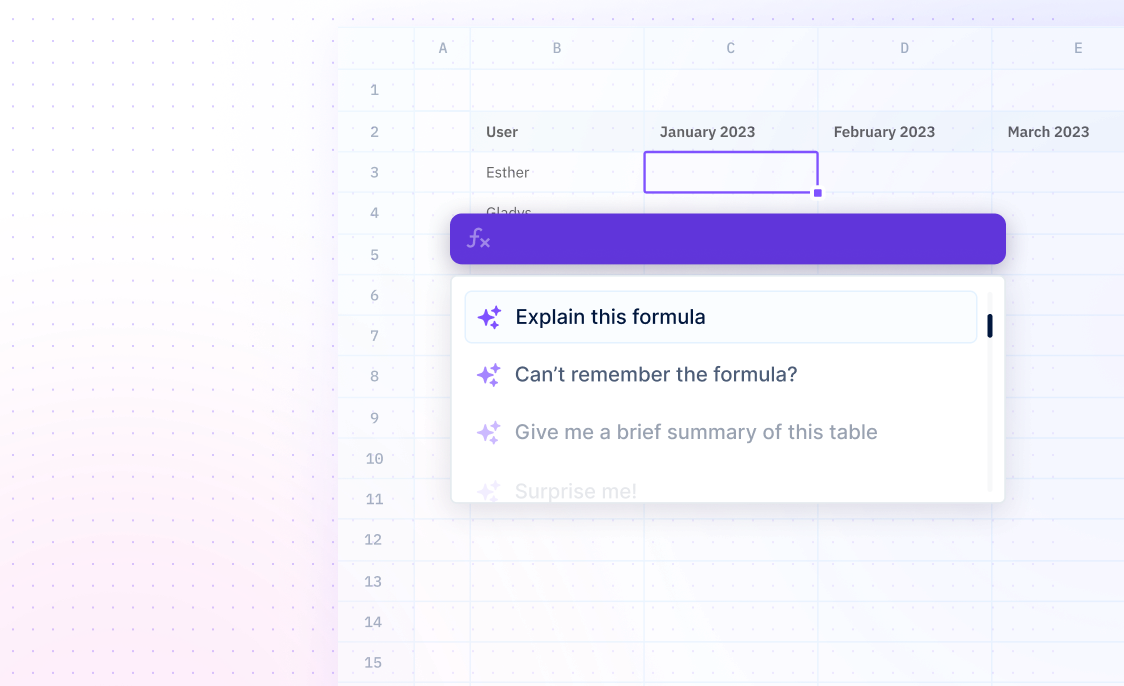
COUPPCD
Formulas / COUPPCDCalculate the previous coupon date before the settlement date for a coupon bond.
==COUPPCD(settlement, frequency, maturity, [basis])
- Settlement - required, the settlement date for a given security
- Maturity - required, the date the security expires
- Frequency - required, the number of coupon payments per year
- Basis - [OPTIONAL]
Examples
=COUPPCD(C6,C7,C10,C11) returns 1-Jul-2019. This Sourcetable function calculates the next coupon payment date, given the start and end dates of the bond, and the coupon frequency and basis.
=COUPPCD(DATE(2019,9,1),DATE(2029,1,1),2,0) returns 1-Jul-2019 with hardcoded values. Here, the start and end dates are hardcoded as September 1, 2019, and January 1, 2029, respectively. The coupon frequency is 2 and the basis is 0.
Summary
The COUPPCD function can be used to quickly determine the previous coupon date before a given settlement date. It is an efficient tool for financial calculations.
- The COUPPCD function returns the previous coupon date before the settlement date for a coupon bond. If the maturity date is not later than the settlement date, the function will return #NUM!.
- The COUPPCD function does not ignore time.
Frequently Asked Questions
What is the COUPPCD function?
The COUPPCD function returns the previous coupon date before the settlement date for a bond.
How many arguments does the COUPPCD function take?
The COUPPCD function takes three required arguments.
What type of data can I use with the COUPPCD function?
The COUPPCD function can be used to return the previous coupon date before the settlement date for a bond.
What are the three arguments of the COUPPCD function?
- The first argument is the settlement date.
- The second argument is the maturity date.
- The third argument is the frequency of the coupon payments.
Drop CSV


